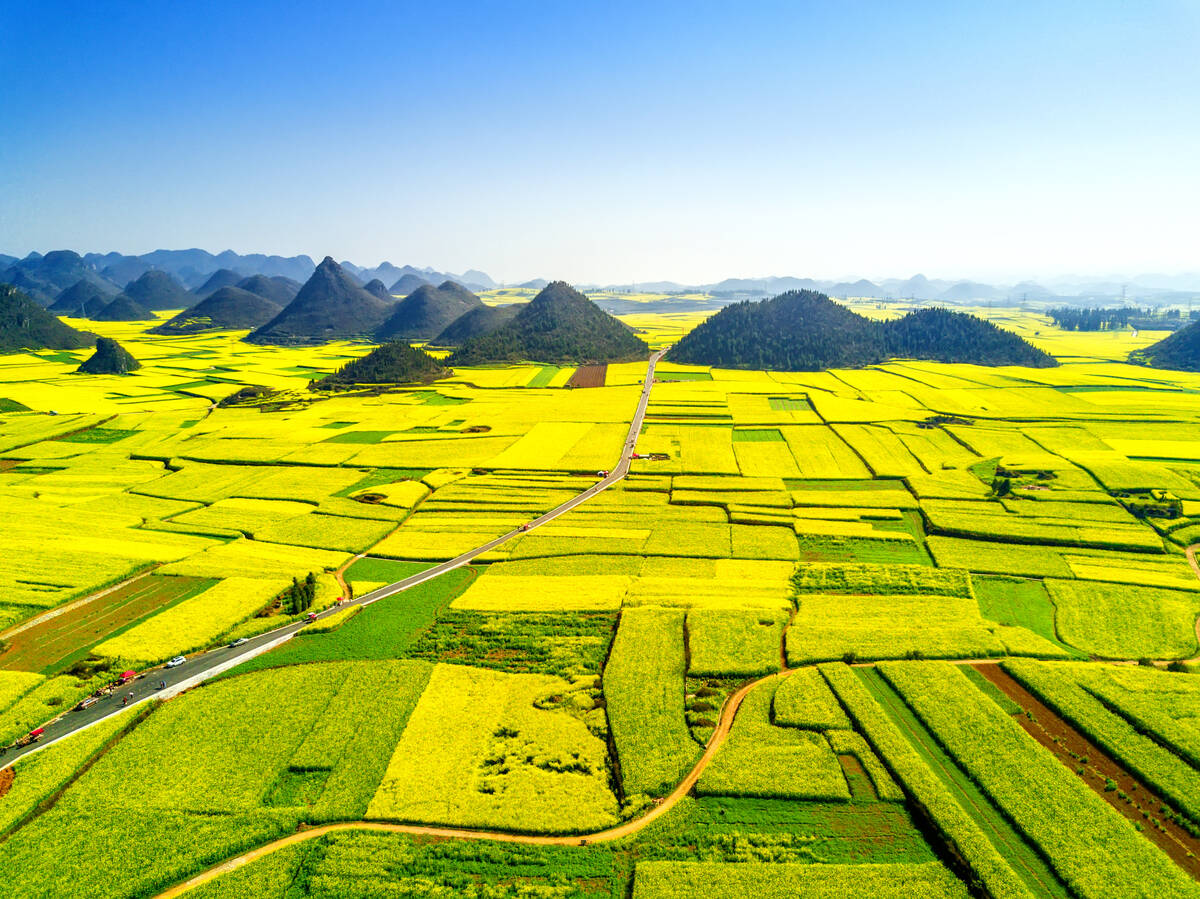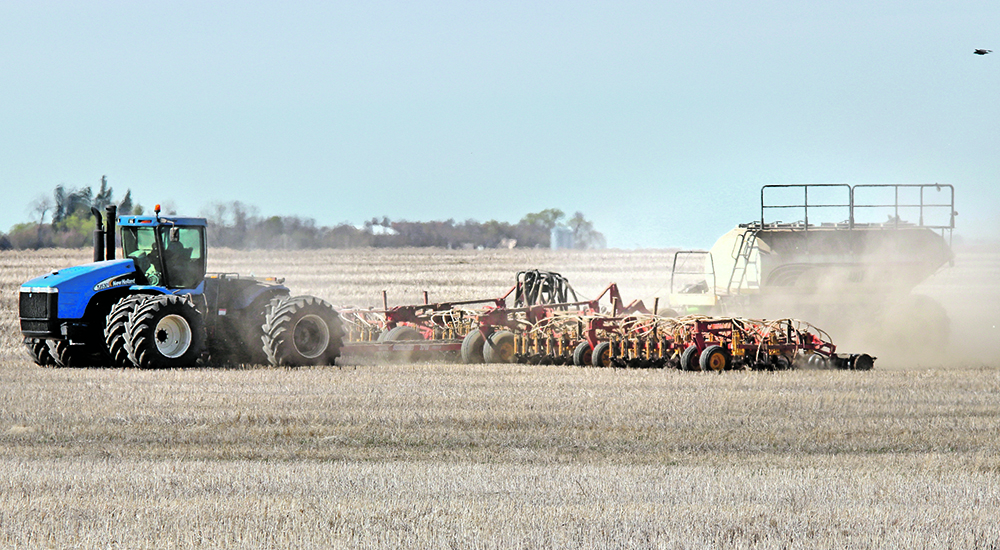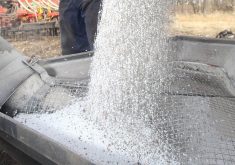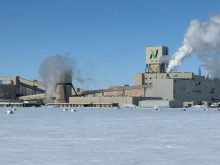As farmers trudge into the cold days of winter and have time for thinking and planning the 2023 crop, the 2022 conundrum still presents itself: how does a farmer handle the gaping risk chasm between guaranteed high fertilizer prices and non-guaranteed new crop prices?
That was a pressing question last year as fertilizer prices soared toward spring seeding time, and even though both crop prices and fertilizer prices have fallen, fertilizer prices have remained relatively higher and will need to be locked in sooner than crop sales prices.
Do farmers lock in today’s fertilizer-crops spread by buying fertilizer and immediately locking in today’s new crop prices? Do they lock one or the other first based on some market analysis that one or the other has a more likely up or downside?
Read Also

Short rapeseed crop may put China in a bind
Industry thinks China’s rapeseed crop is way smaller than the official government estimate. The country’s canola imports will also be down, so there will be a lot of unmet demand.
Should farmers just buy and sell when they need to, merely protecting production risk and letting the markets take care of themselves?
Normally, it’s not such a worrisome question with fertilizer, but the extremely high prices of the past two years combined with the geopolitical threats to some of the world’s most important fertilizer producers mean that fertilizer risks to the upside are extreme, even if they’re not the most likely outcome. Nobody knows what’s going to happen as the COVID storm sweeps China, a significant exporter. Few are foolish enough to guess what’s going to happen to supply from fertilizer production giants Russia and Belarus.
It feels safer to say fertilizer prices seem sure to stay high than it does to say crop prices will remain high into 2023-24.
So, what do you do?
In terms of rational advice, I can’t think of anything better than what StoneX’s Josh Linville offered at Ag in Motion last summer. Not much has changed.
“If you’re buying fertilizer, sell some grain. If you’re selling some grain, buy some diesel fuel. It’s both sides of the equation,” said Linville.
“My biggest fear for the farmers across North America is that we buy fertilizer and the price of grain drops by half, or that we sell grain and all of a sudden the price of fertilizer doubles again.”
It’s not that fertilizer prices aren’t always a risk for farmers. When crop prices are low, a small move in fertilizer prices can have a big impact on the profitability of a crop. The spread is always a factor for farmers.
But now, at today’s prices, the potential losses are much greater. Proportionately they might seem no different, but sometimes bankers aren’t as philosophical about things. Taking losses from tens of thousands to hundreds of thousands of dollars can seem a little different. As Joseph Stalin said, “quantity has a quality all of its own.”
As 2023-24 approaches, farmers continue to face extreme risk from fertilizer prices, enticing prospects from crop prices and an unknowable future that will be created by the combination of those two factors with a growing season that nobody can predict.
Have fun hedging that. Welcome to 2023.
















